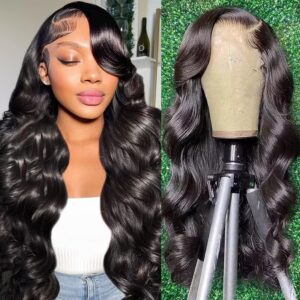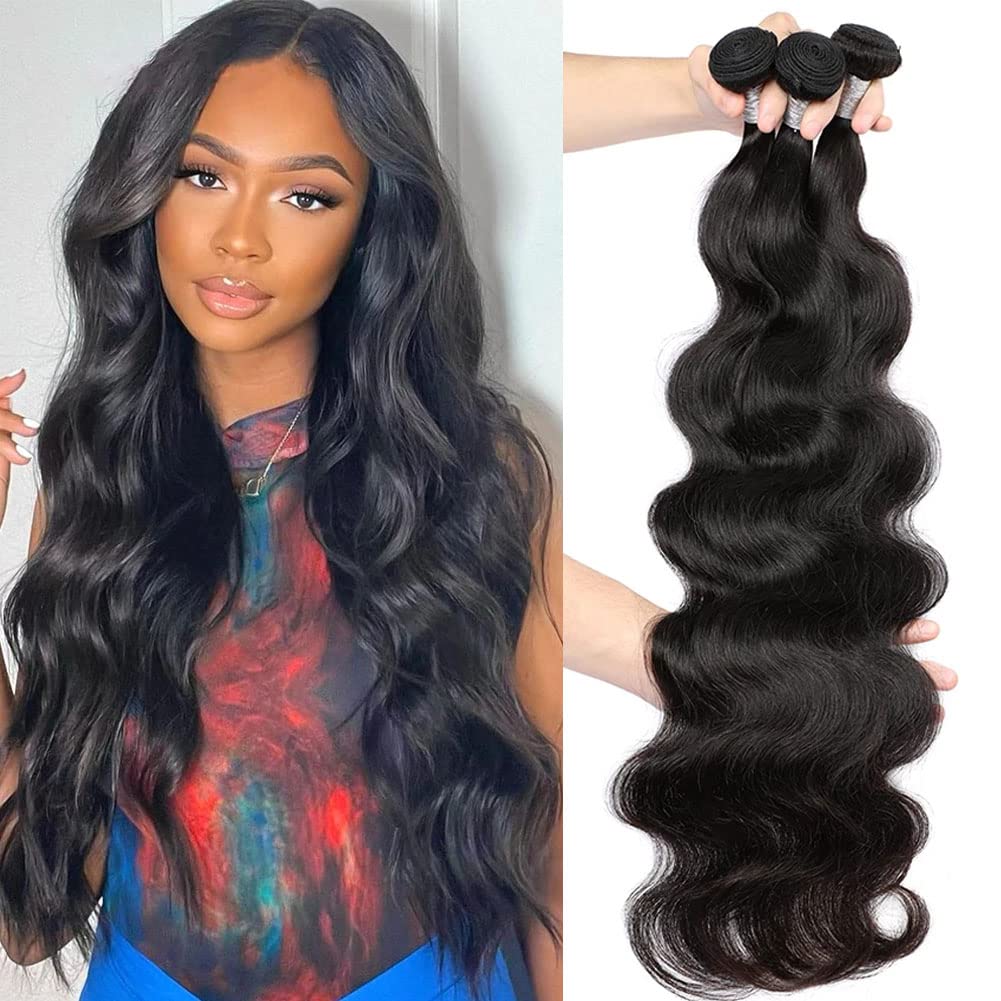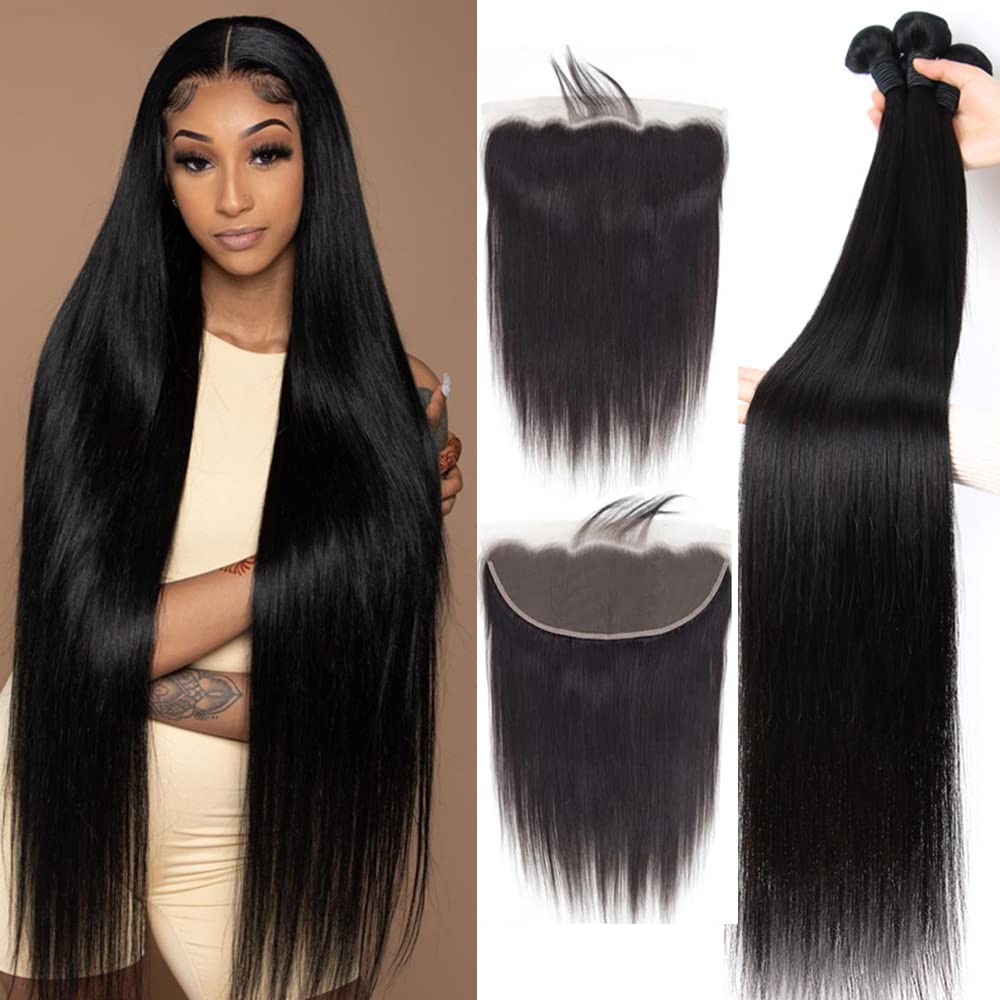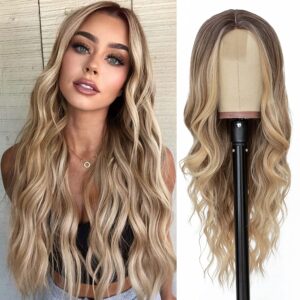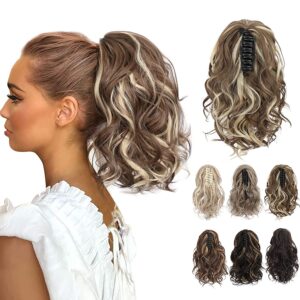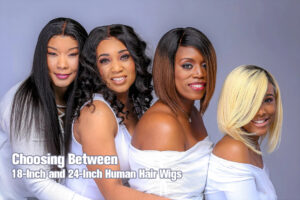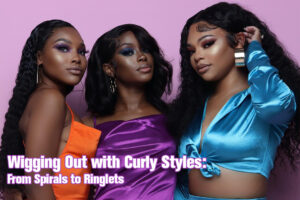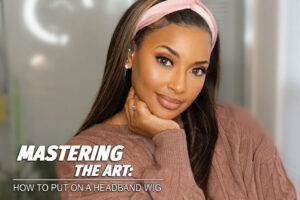1. Hair Wig
A hair wig, often simply referred to as a “wig,” is a wearable hairpiece or head covering made from real human hair, synthetic hair, or a combination of both materials. Wigs are designed to cover the wearer’s natural hair and scalp, offering the appearance of a different hairstyle or hair color. They are commonly used for various purposes, including fashion, style experimentation, theatrical performances, medical reasons, and to conceal hair loss.

Full Wigs
These wigs cover the entire head and are often used for dramatic changes in appearance, such as trying out a completely different hair color, style, or length.
Partial Wigs
Also known as hairpieces or extensions, these wigs cover only specific areas of the head, such as the top, crown, or sides, to add volume or length to the wearer’s natural hair.
Lace Wigs
These wigs have a lace cap that allows for a natural-looking hairline, providing a seamless blend with the wearer’s skin. Lace wigs can be further categorized into full lace wigs and lace front wigs, depending on the extent of the lace used.
Custom Wigs
Custom-made wigs are tailored to an individual’s specific preferences and needs. They are often made from real human hair and are designed to mimic the wearer’s natural hair in terms of color, texture, and style.
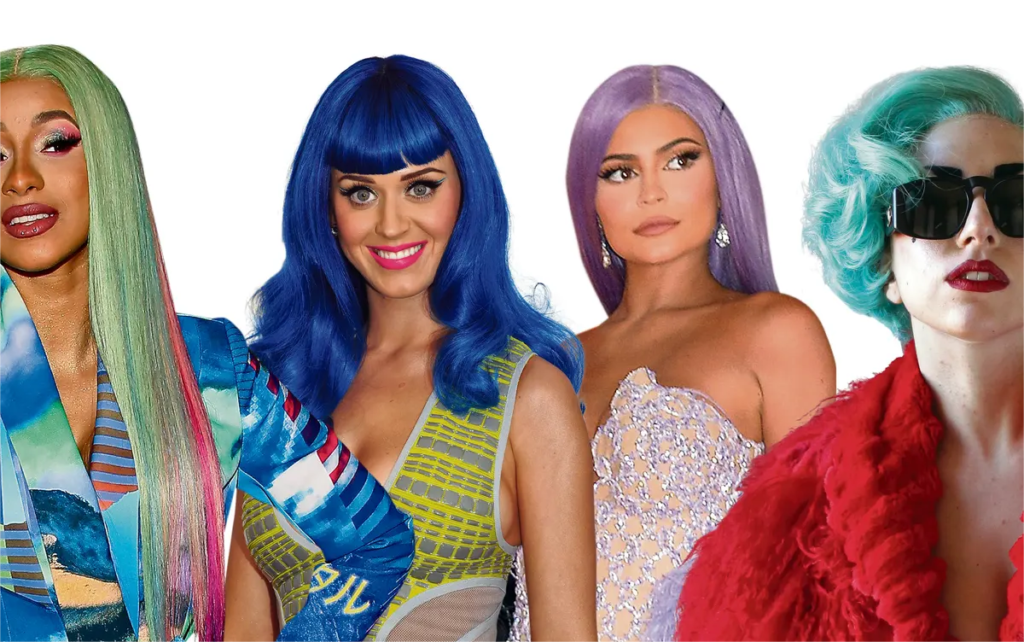
Medical Wigs
These wigs are designed for individuals who have experienced hair loss due to medical conditions, such as chemotherapy, alopecia, or other health-related reasons. They are typically made with comfort in mind and provide a natural look.
Fashion Wigs
These wigs are used for fashion purposes, such as completing a costume, achieving a specific look for a photo shoot, or adding flair to one’s style.
2. Lace Wig
A lace wig is a type of wig that is constructed using a lace or mesh cap as the base, onto which hair strands are individually hand-tied or machine-sewn. The key feature of a lace wig is the presence of lace at the front or throughout the entire cap, which creates a natural-looking hairline and allows for a realistic appearance when worn.
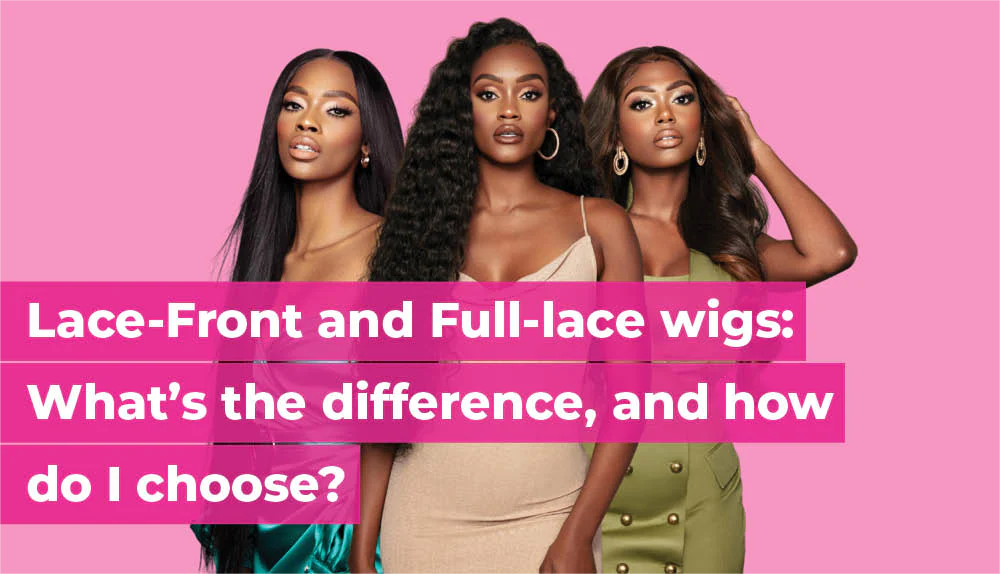
Lace Material
The lace used in lace wigs is often made from materials like Swiss lace or French lace, which are sheer and lightweight. The purpose of the lace is to create a realistic hairline, allowing the wig to blend seamlessly with the wearer’s skin and appear as if the hair is growing directly from the scalp.
Full Lace Wig
This type of wig has a lace cap that covers the entire head, including the front, back, and sides. Full lace wigs offer the most versatility in terms of parting and styling since the entire cap is made of lace.
Lace Front Wig
Lace front wigs have a lace material only at the front, typically from ear to ear. The rest of the cap is usually made from other materials. Lace front wigs create a natural-looking hairline but have less versatility in terms of parting compared to full lace wigs.
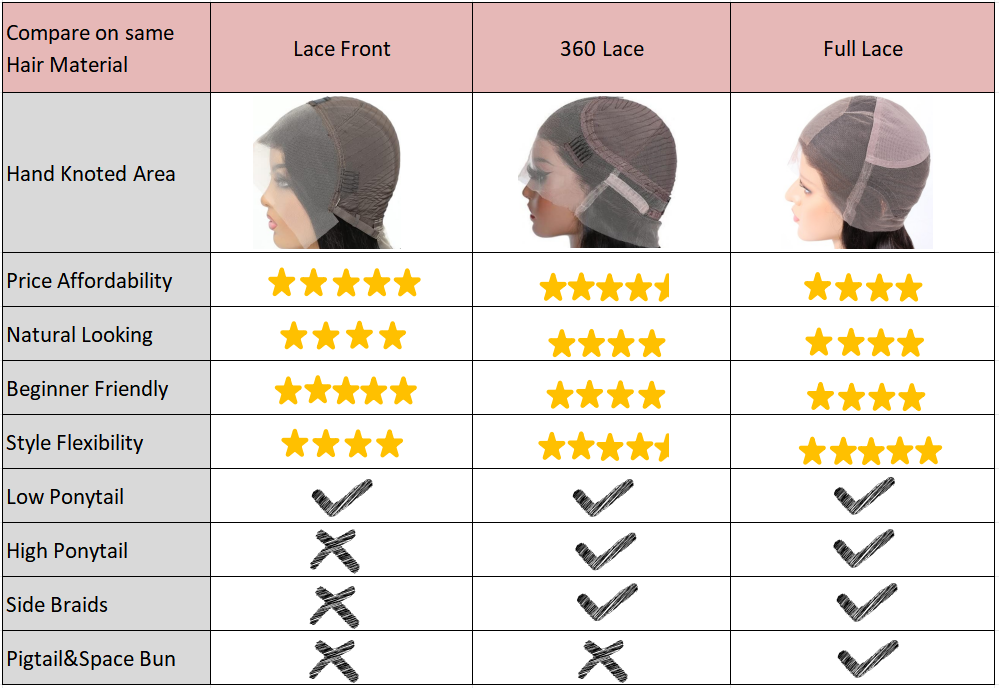
Hair Type
Lace wigs can be made from various hair types, including human hair and synthetic hair. Human hair lace wigs are highly sought after for their natural look and feel, while synthetic lace wigs are more budget-friendly and come in a wide range of styles and colors.
Versatility
Lace wigs are highly versatile and can be styled, cut, and parted just like natural hair. This makes them popular for individuals who want to change their hairstyle frequently or experiment with different looks.
Attachment
Lace wigs can be secured to the head using adhesives, tapes, or clips, depending on the wearer’s preference and the type of lace wig.
Maintenance
Proper care and maintenance are essential to keep a lace wig looking its best. This includes regular cleaning, conditioning, and gentle styling to preserve the quality and appearance of the wig.
Lace wigs have gained immense popularity in the beauty and fashion industry due to their ability to provide a natural and realistic appearance. They are used by individuals looking to enhance their hair’s length, volume, or style, as well as by performers and celebrities seeking versatile and seamless hairstyles. Whether for everyday wear, special occasions, or theatrical purposes, lace wigs offer a wide range of options to help individuals achieve their desired look with confidence.
3. Toupee
A toupee, often referred to colloquially as a “hairpiece” or “hair system,” is a small, partial wig or hairpiece designed to cover bald spots, thinning hair, or areas of hair loss on the scalp. Unlike a full wig, which covers the entire head, a toupee is typically smaller in size and is intended to blend with the wearer’s existing hair. Toupees are commonly used by individuals, primarily men, who wish to conceal baldness or hair thinning in specific areas.

Size and Coverage
Toupees are typically smaller than full wigs and are designed to cover specific areas of hair loss. They can vary in size, with some covering just a small patch of baldness, while others may cover larger areas or receding hairlines.
Attachment Methods
Toupees can be attached to the scalp using various methods, including adhesive tapes, glues, clips, or integrated clips that attach to existing hair. The choice of attachment method depends on personal preference and the type of toupee being used.
Materials
Toupees can be made from various materials, including human hair, synthetic hair, or a blend of both. Human hair toupees tend to provide a more natural look and feel but can be more expensive than synthetic options.

Customization
Many toupees are custom-made to match the wearer’s hair color, texture, and desired style. Customization ensures a seamless blend between the toupee and the wearer’s natural hair.
Maintenance
Proper care and maintenance are essential to keep a toupee looking its best. Regular cleaning, conditioning, and styling may be required, depending on the type of hair used in the toupee.
Versatility
Toupees can be styled just like natural hair, allowing wearers to achieve various looks, including different hairstyles and hair lengths.
Confidence Boost
Toupees can provide individuals with a significant confidence boost by concealing hair loss and helping them maintain the appearance of a full head of hair.
4. Hair Weft
A hair weft is a hair extension made by sewing or bonding hair strands together at the top, creating a track-like structure that can be easily attached to a person’s natural hair to add length, volume, or different hairstyles.

Construction
Hair wefts are typically constructed by sewing or bonding individual hair strands or tracks onto a strip of fabric or lace at the top. This fabric or lace is often reinforced to prevent shedding and maintain the integrity of the weft.
Attachment Methods
Hair wefts can be attached to the wearer’s natural hair using various methods, including sewing, braiding, gluing, clipping, or using micro-rings or beads. The choice of attachment method depends on the wearer’s preferences and the type of weft being used.
Hair Types
Wefts can be made from different types of hair, including human hair and synthetic hair. Human hair wefts are highly sought after for their natural look and feel, while synthetic wefts are more budget-friendly and come in a variety of styles and colors.
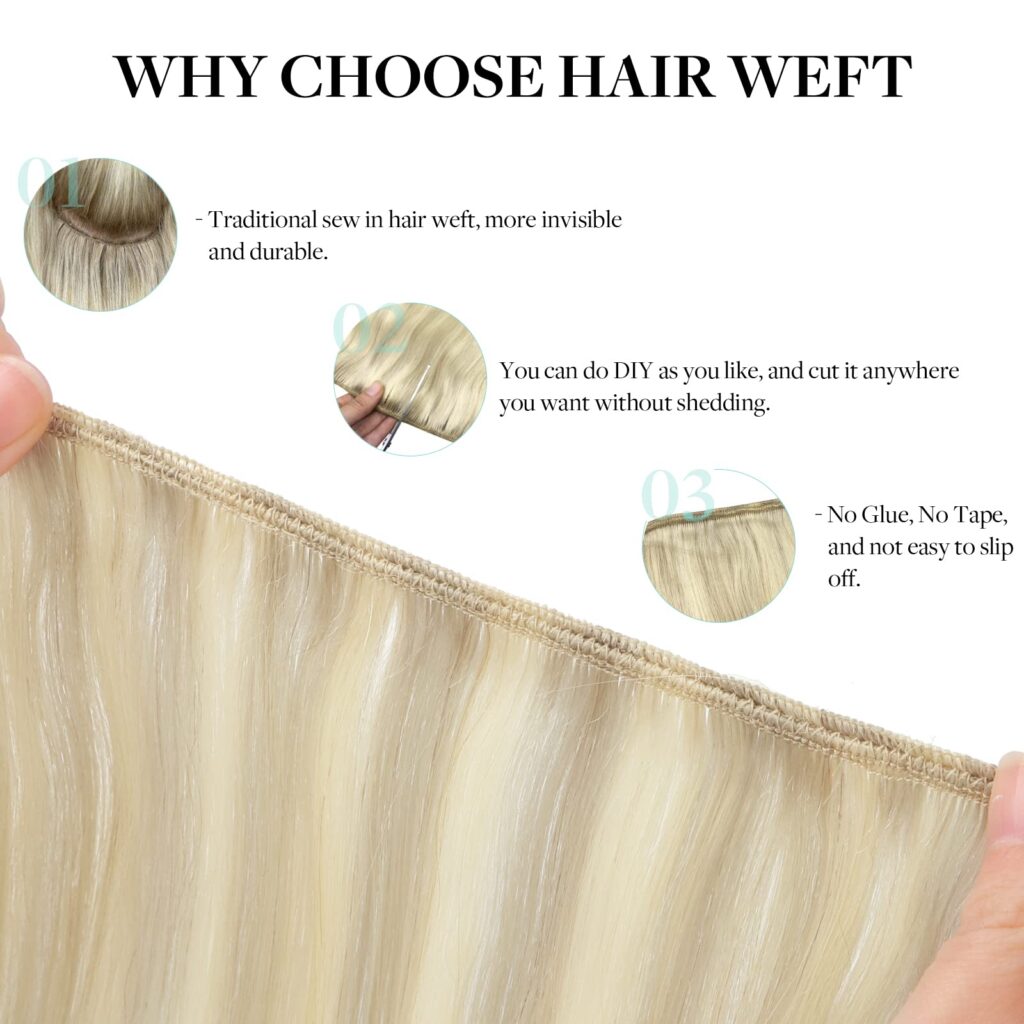
Length and Width
Hair wefts come in various lengths, ranging from short to very long, and can be cut and customized to achieve the desired length and style. The width of a weft can vary, with some being narrow and others wider, depending on the manufacturer and intended use.
Texture
Hair wefts are available in different textures, such as straight, wavy, curly, or kinky, allowing wearers to choose a texture that matches their natural hair or desired style.
Versatility
Hair wefts can be used to create a wide range of hairstyles, from adding subtle volume and highlights to achieving dramatic transformations in length and thickness. They can also be used to create custom wigs and hairpieces.
Maintenance
Proper care and maintenance are essential to keep a hair weft looking its best. This includes regular cleaning, conditioning, and gentle styling to preserve the quality and appearance of the weft.
Hair wefts are a versatile and popular choice for individuals looking to enhance their natural hair without making permanent changes. They offer the flexibility to experiment with different hair colors, textures, and styles, making them a valuable accessory for those seeking a variety of looks for different occasions.

